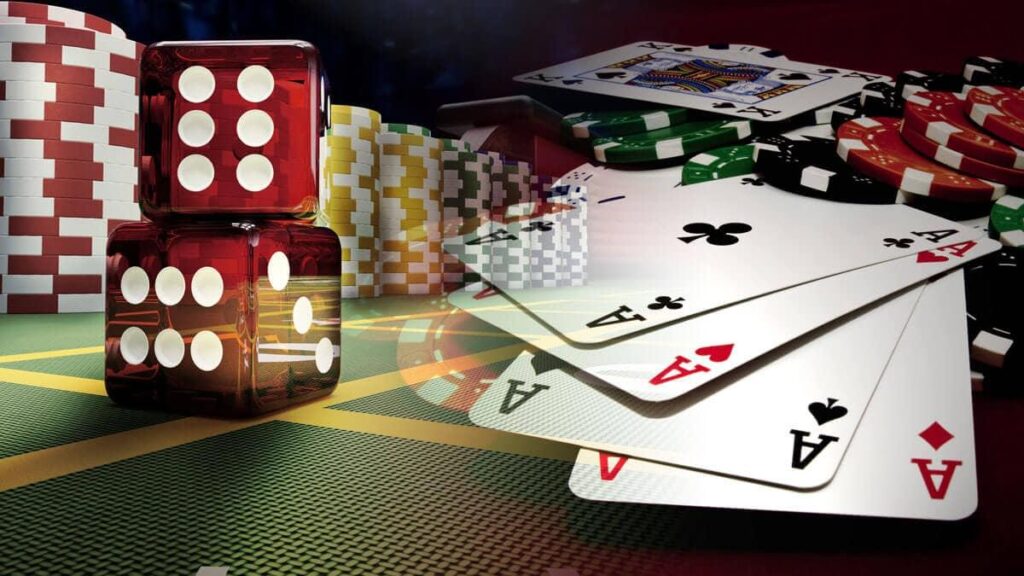The design of a casino is no accident; it’s a carefully crafted environment engineered to enhance guest experience and increase gaming revenue. Understanding the psychology of casino design reveals how every element, from the layout to the lighting, is intended to influence player behavior. For instance, an instant withdrawal casino might prioritize user-friendly interfaces and accessible customer service to enhance player satisfaction.
This article delves into the fascinating interplay between casino design and customer psychology, shedding light on why casinos are designed the way they are.
Casinos Using Strategic Layouts
Casinos are famously designed as labyrinthine spaces, with winding paths and an often confusing layout. This isn’t just to perplex the player but to create an environment where guests are encouraged to explore and discover new games.
Also, by eliminating clocks and windows, casinos create a timeless environment where night and day blur. This tactic is designed to disconnect players from the external world, reducing their inhibitions around spending money and time.
The Playground Versus the Gaming Pit
Recent studies in casino design theory have introduced two contrasting approaches: the playground and the gaming pit designs. The playground design emphasizes open spaces filled with luxurious decor and inviting ambiances, such as high ceilings and lush carpets, which suggest a sense of freedom and comfort. This type of environment makes guests feel relaxed, encouraging longer play.
On the other hand, the gaming pit design relies on a more intense atmosphere with close quarters, bright flashing lights, and constant activity. This design aims to increase excitement and stimulate quick decisions, ideal for high-stakes games.
The Psychology Behind Lighting and Sounds in Casinos
Casinos also use lighting and sound strategies to create the desired atmosphere. Soft, warm lighting and melodious background music can make players feel comfortable and relaxed, while brighter lights and energetic sounds can boost energy levels, keeping players alert and engaged. The careful orchestration of sensory experiences is designed to maximize player engagement and, consequently, spending.
Land-Based Casinos and Sensory Experiences
The tactile elements of casino design also play a crucial role. Luxurious carpets, plush seating, and the smooth felt of gaming tables offer comforting tactile feedback to guests. Even the weight of chips and the feel of cards in hand are considered to enhance the gaming experience, making it more enjoyable and memorable.
An often-overlooked aspect of casino design is the use of scent. Casinos sometimes employ specific fragrances pumped into the air to promote comfort and a sense of relaxation, making players more comfortable and likely to stay longer.
How Colors and Patterns Influence Casino Players
Color schemes and patterns are strategically chosen to stimulate or relax players. Red, for example, is often used to energize and attract attention, making it a popular choice in areas where high-energy games are played.
Conversely, softer blues and greens might be used in more laid-back environments to encourage longer duration of play with a calmer mood.
Iconic Casinos and Their Design Philosophies
Bellagio, Las Vegas
The Bellagio in Las Vegas is renowned not just for its luxury but also for its distinct style that epitomizes the playground design philosophy. With its famous fountains and opulent art gallery, the Bellagio uses rich decorations and spacious layouts to promote comfort and a sense of luxury. The high ceilings and lavish fixtures encourage gamblers to slow down and enjoy their surroundings, thereby extending their stay and play time.
The Venetian, Las Vegas
Another epitome of luxury and careful design, The Venetian employs a unique theme that recreates the Italian city of Venice. Complete with canals, gondolas, and striking architecture, The Venetian uses these elements to create a deeply immersive experience that captivates visitors. The serene environment, combined with its grand scale, encourages guests to explore and enjoy leisurely, prolonging their time spent on the property.
Monte Carlo Casino, Monaco
This casino embodies the quintessence of European gambling luxury and history. Its lavish interiors, featuring rococo ceilings and gold detailing, offer a distinct kind of playground atmosphere that caters to the elite. The design encourages not just gambling but also socializing among the high-society individuals who frequent it, making it a social hub as much as a place for gambling.
Marina Bay Sands, Singapore
Marina Bay Sands in Singapore uses modern design elements and technology to appeal to a sophisticated crowd. The futuristic architecture and the world’s largest rooftop infinity pool play a significant role in attracting visitors. Inside, its expansive casino floor is strategically laid out with high-limit tables and a vast array of slot machines positioned to maximize engagement and flow throughout the space.
Casino Baden-Baden, Germany
One of Europe’s oldest casinos, Casino Baden-Baden offers a unique blend of luxury and history with its ornate, palace-like interiors that hark back to a grander era. The richly decorated rooms with chandeliers, painted ceilings, and red and gold accents stimulate the senses and transport players to an age of opulence. This historical allure is part of its charm, encouraging visitors to partake in a legacy of high-stakes gambling.
Casino Design 101
The art and science of casino design are geared towards creating an environment that subtly guides player behavior towards spending more time and money. From the psychological effects of layout and design choices to sensory stimulation through light, sound, and texture, every detail in a casino is designed with the intent to enhance the overall gaming experience.
By understanding these psychological triggers, both designers and players can better appreciate the complex interplay at work in the environment of a casino.
